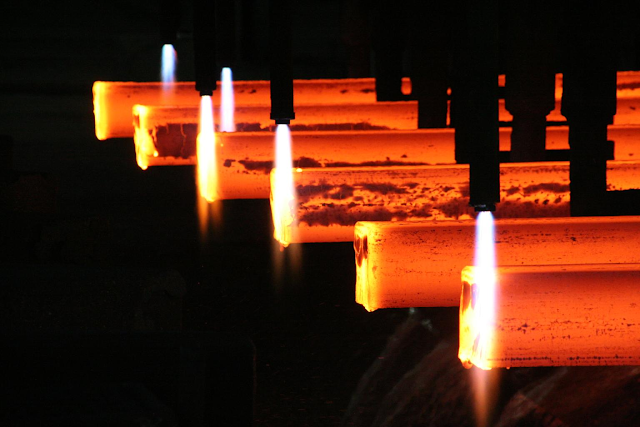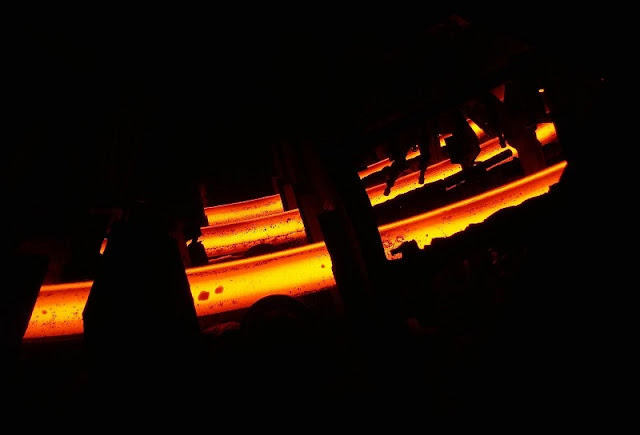Advantages of the Horizontal Continuous Casting Machine
Advantages of the Horizontal Continuous Casting Machine
Horizontal continuous casting machines have been used for continuous casting of non-ferrous metals for decades. Metallurgical spare parts casting for steel has only matured in the past 10 years. This continuous casting machine has the lowest height and can be placed on the ground level. It is characterized in that molten steel enters the crystallizer in a closed passage and is not oxidized, which is beneficial for casting high-quality alloy billets. The cast steel billet does not need to be bent or straightened, which is beneficial to casting steel grades sensitive to bending cracks.
Continuous casting steel is a new process for continuously casting molten steel into steel billets. Since the process of opening the blank by the preliminary rolling mill is omitted, the production cost is lowered, and the finished product rate of the molten steel is improved. As early as a hundred years ago, Henry Bessemer of the United Kingdom invented continuous casting technology, first used for continuous casting of aluminum and copper. Continuous casting of steel began in the 1940s and was not used in industrial production until the 1950s. It has been widely promoted and applied around the world.
Continuous Casting Steel Production Process:
The steel ladle filled with steel and steel is loaded on the ladle rotating table of the continuous casting machine, and the molten steel is injected into the crystallizer through the tundish. The shell is condensed to a certain thickness there, that is, the mold is pulled by the spindle to pull out the crystallizer, and the first to eighth sections of the secondary cooling nip rolls 4 and 5 are entered. The spindle bar is driven by a tension roller 6. The slab is cooled by atomized cooling water in the secondary cooling zone and continues to solidify. After it has passed the last section of the two cold nip rolls, it is straightened by the tensioning roll 6 to advance in the horizontal direction. After the head of the starter, the bar has been pulled up, the device 7 for stripping the ingot is used to disengage it from the strand, and the spindle 8 is lifted by the lifter 8 to the spindle bar 9. The slab is continuously advanced in the horizontal direction. When the predetermined distance is reached, the slab is cut by the flame cutter 10 to proceed to the next step.
The above is a typical process flow for casting a slab with a curved continuous casting machine. The continuous casting machine for casting billet has the same component structure, but the process is the same.
The multi-radius arc continuous casting machine is also called an elliptical continuous casting machine. Its slab guide is arranged on a track that is roughly one-quarter of an ellipse. The height of this continuous casting machine is slightly lower than that of a curved continuous casting machine of the same specification, so it is also called a low-pressure arc casting machine. It was a model that was developed almost simultaneously with curved casters in the 1960s. The advantage is that the equipment and plant height are low. The shortcoming is that the slab is gradually straightened after the crystallizer is removed, and the two cold nip rollers and the tensioning device are subjected to large forces, and the installation and maintenance of the equipment are relatively high. Another disadvantage is that the crystallizer and the first section of the cold nip roll have a small radius, and the inclusions in the molten steel are not easy to float and are enriched in the inner arc.


评论
发表评论